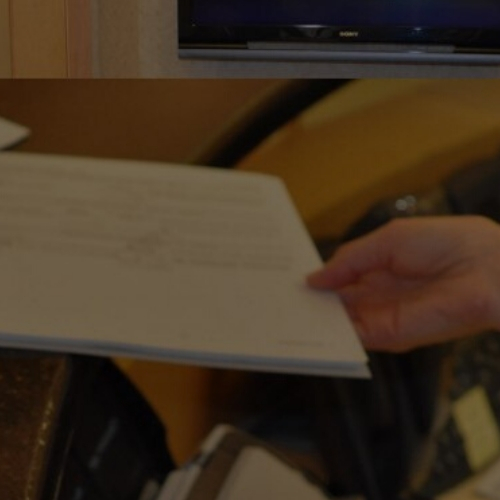Reading and understanding your company’s plan document is crucial to making sure your company is complying with the Employee Retirement Income Security Act (ERISA) and the Department of Labor (DOL) requirements. If not handled correctly, forfeitures could end up disqualifying 401(k) plans or even become quite costly if the DOL issues a penalty for not following plan procedures.
One choice employers face is how and when to use forfeitures. In most cases, forfeitures must be disposed of annually. Two common ways forfeitures can be allocated to comply with DOL requirements are as follows.
- Employers can allocate forfeitures by reducing employer contributions.
- Employers can dispose of forfeitures by using the funds to pay plan expenses.
Another topic relating to forfeitures is how to handle a former employee that is rehired when the individual incurred a forfeiture due to not being fully vested during the first employment term. The forfeitures may have to be re-contributed to the employee’s account. The first place to look to find out whether or not these funds need to be restored is in the plan document. Specific wording in each plan will help your company determine how to proceed. Examples of some items that may affect the outcome of restoring the funds are things such as:
- How long was the gap between employment terms?
- What is the forfeiture worth today? Time value of money is always changing, so
this is a little more complex than it seems it would be.
In the end, understanding your plan document will help to determine how to proceed with forfeitures and keep plans in compliance with ERISA.





